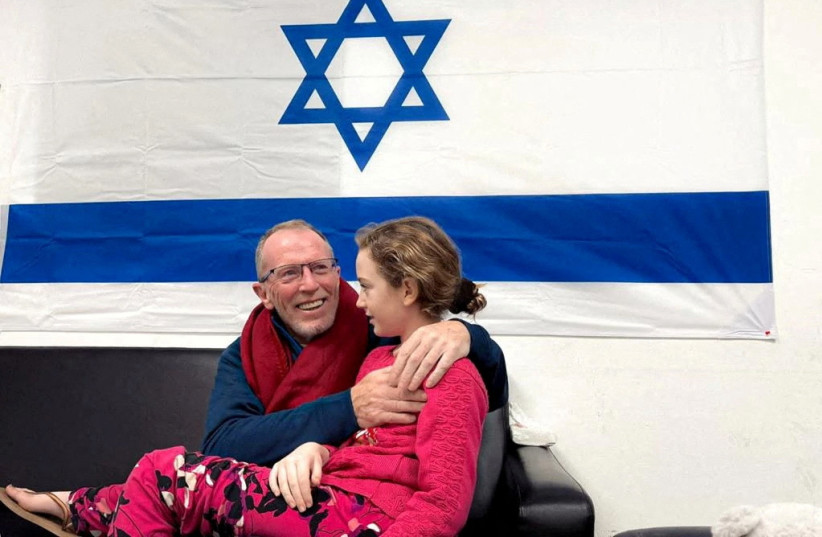Just days after Hamas kidnapped more than 35 young children and teenagers during its Oct. 7 rampage, youth psychologists and welfare experts in Israel began worriedly preparing for their return.
The war in Gaza was in its early stages and the fate of the hostages was not clear, but Israel wanted to be sure that treatment protocols were in place when they came home.
It was, however, uncharted territory. Few times in recent history had so many children either directly witnessed such violence or been taken captive. Similar cases, such as the mass kidnapping of schoolgirls in Nigeria by Boko Haram militants in 2014, have led to no written research on courses of treatment.
"We had some newspapers, items and clips and so on, but we couldn't find any real materials about them," said Asher Ben-Arieh, a specialist in child trauma at Jerusalem's Hebrew University and Haruv Institute.
Ben-Arieh was tapped by Israel's Welfare Ministry to help identify the possible emotional traumas endured and come up with written protocols to cope with them.

"It basically introduced new forms of trauma for children and their families that we never witnessed before," he said. "How do you explain to a child that he is safe now, when he has seen his safest place, his bedroom, burned and his parents murdered in his house?"
Seven weeks passed before the first Israeli hostages were freed during a truce in late November. By then, Ben-Arieh and teams comprising a few dozen experts had drafted nine protocols for previously undreamed-of scenarios.
One was for kidnapped children. A second for children whose parents were killed. Another focuses on community-wide trauma. They include "practical recommendations, what to do, in what stage," Ben-Arieh said.
"We went and trained the Shin Bet (intelligence agency) and the army soldiers who were the first ones to meet the kidnapped children in Egypt even before they came to Israel."
Their recommendations are still being fine-tuned as more is learned. They may be simple, like asking the child first before giving a hug, or - more surprisingly - like letting children use social media as a way to regain control over their lives.
So far 33 hostages aged two to 17 have returned to Israel.
Lasting impacts of trauma from captivity
Details have slowly emerged about their time in captivity and the emotional scars. Relatives have shared how some children upon returning woke up crying overnight or clung to them throughout the day. Some spoke only in whispers.
Ben-Arieh said one child who had been held in darkness wanted to keep sunglasses on for a few days. And when a girl preferred sleeping under her bed instead of on it, her social worker was instructed not to interfere to avoid intensifying the trauma.
Schneider Children's Medical Center in central Israel received 26 freed hostages - 19 children, six mothers, and a grandmother.
"We do have, unfortunately, in Israel knowledge about treating trauma, about helping kids overcoming symptoms of PTSD (post-traumatic stress disorder)," said clinical psychologist Avigal Snir, who heads the hospital's PTSD unit.
"When treating kids coming back from captivity from Gaza we found ourselves dealing with a new situation. There is no documented research or clinical writing."
The principles developed in Israel were helpful.
"We spent a lot of time reading, thinking about different aspects and also tailoring a specific protocol for our center to be available for us in this specific initial stage of welcoming the kids," Snir said.
"The next stage, when kids are leaving the hospital and starting their journey in the community, seeing therapists, will be different. They will need different things, and I think those protocols will be very helpful."
The preparatory work has already helped the families.
"This was one of the therapeutic factors. Kids and families realized that we were waiting for them, and they were able to maybe start and rebuild trust and feel safe again after what they've been through," she said.
